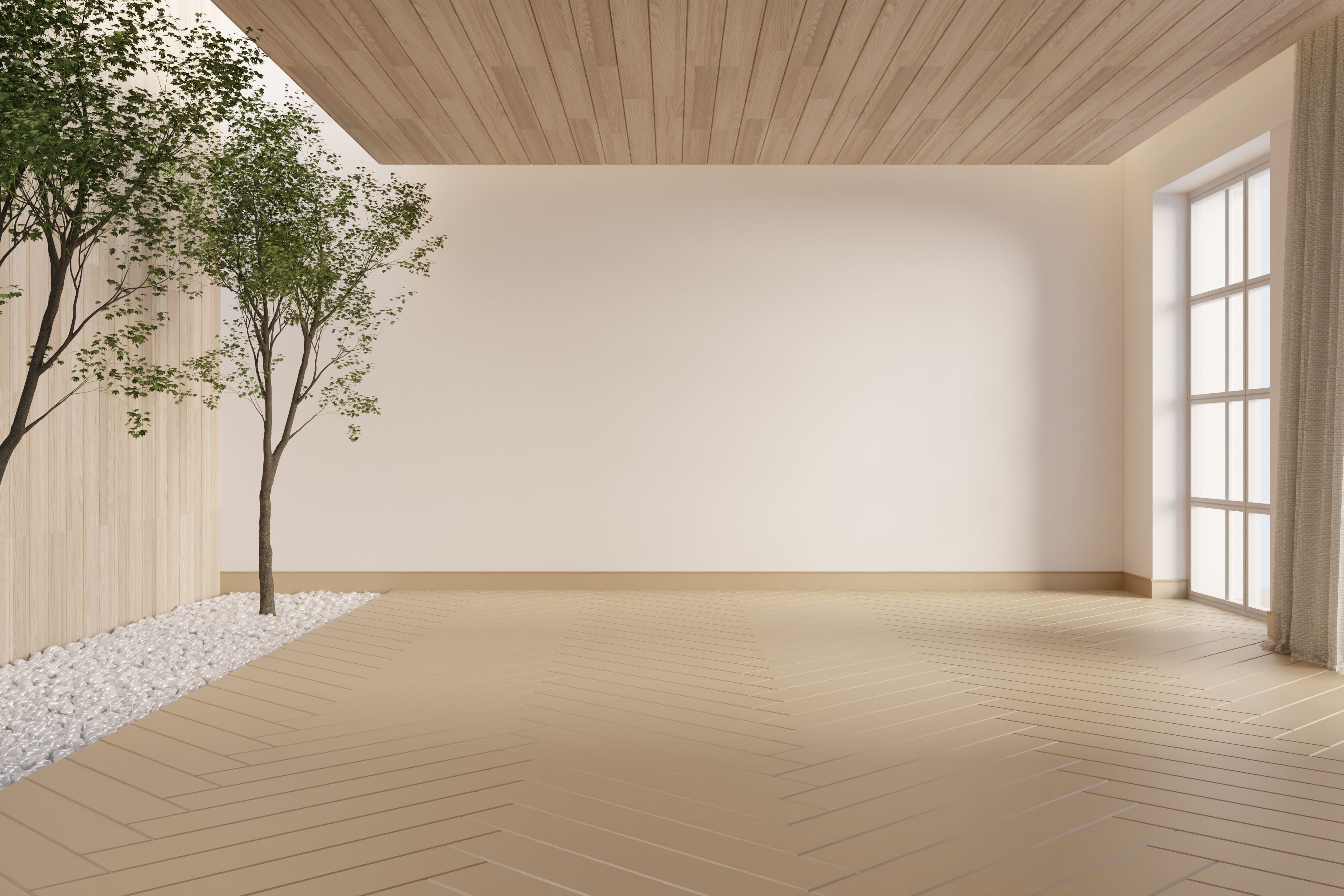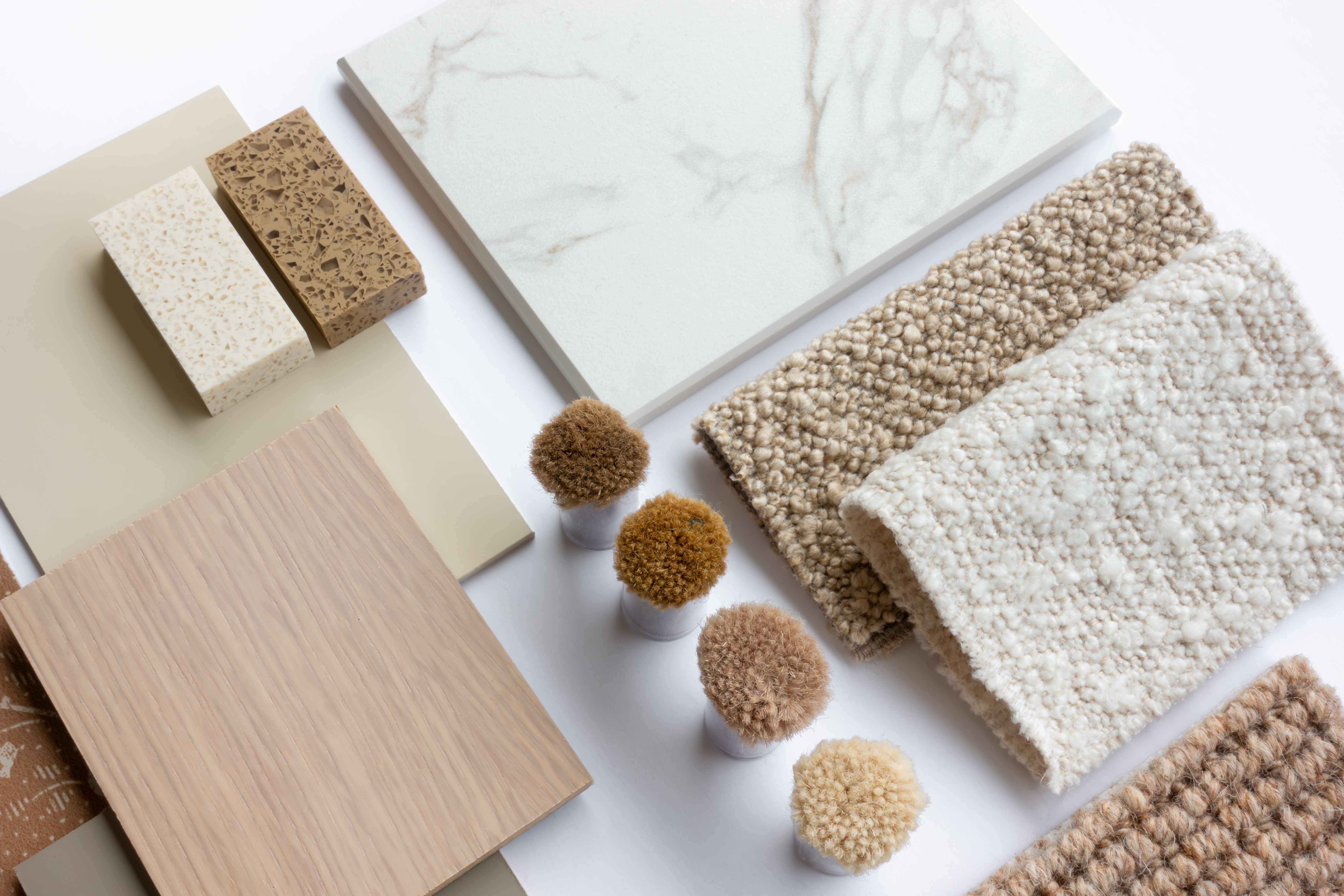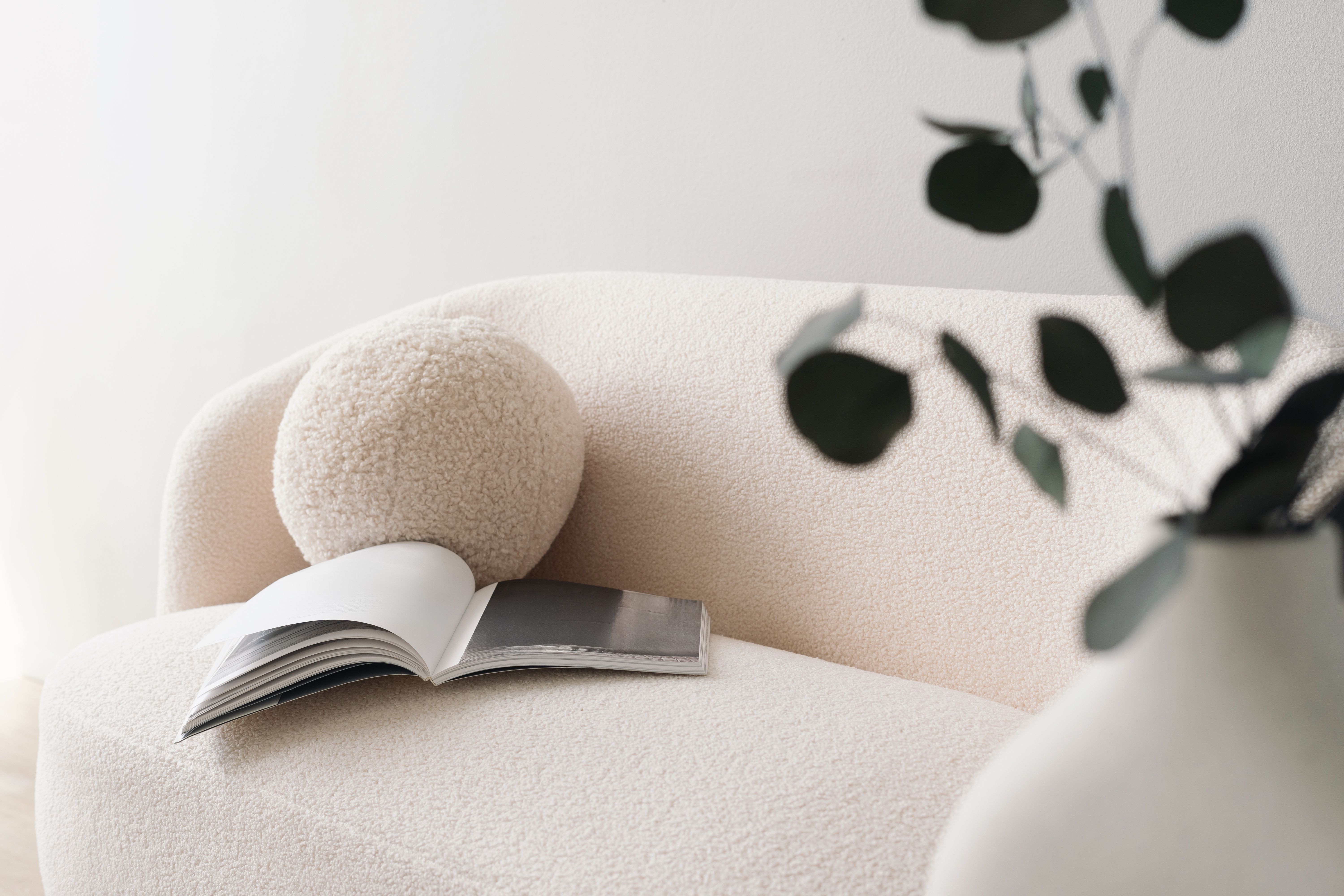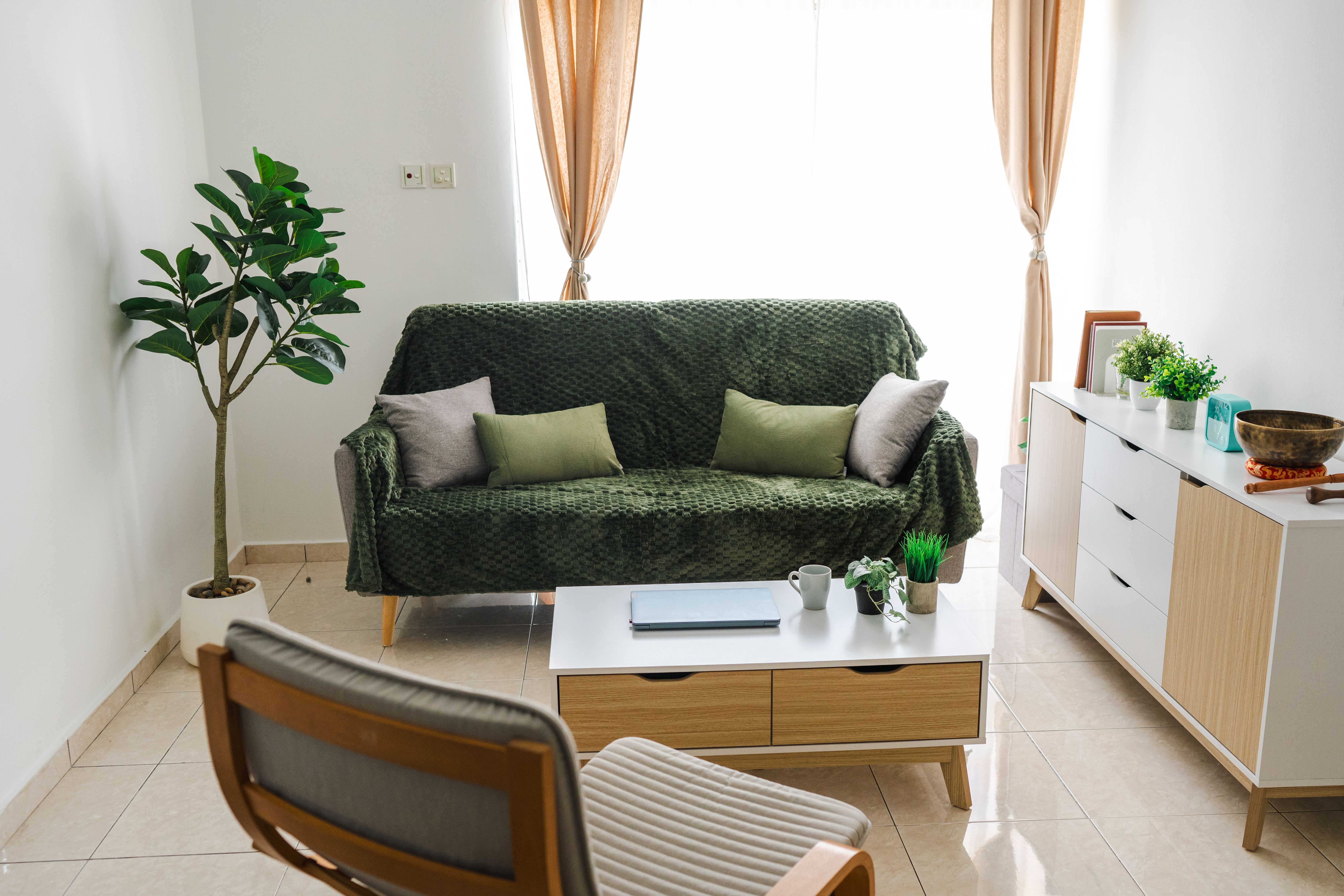DIY Minimalist Home Decor: A Step-by-Step Guide
Introduction to Minimalist Home Decor
Minimalist home decor is all about simplicity, functionality, and creating a serene space with fewer objects. It’s a timeless style that focuses on the essentials and declutters your home, making it easier to maintain and more visually appealing. If you're looking to refresh your living space, a minimalist approach might be just what you need.

Planning Your Minimalist Space
The first step in embracing minimalist decor is planning. Start by assessing the current state of your home and identify areas that feel cluttered or overwhelming. Consider the functionality of each room and think about what is truly necessary. Remember, the goal is to create an open and airy space that promotes calmness.
Begin by making a list of items you use daily and those that simply take up space. This will help you decide what to keep, what to donate, and what to discard. Focus on quality over quantity, choosing pieces that serve multiple purposes whenever possible.
Choosing a Color Palette
A minimalist color palette typically consists of neutral shades such as whites, grays, and beiges. These colors create a calm and soothing environment while allowing natural light to enhance the space. To add depth, consider incorporating a few accent colors like soft blues or muted greens.
When selecting colors, think about how they make you feel and ensure they complement each other. A cohesive color palette will unify the space and enhance its simplicity.

Furniture Selection and Arrangement
In a minimalist home, furniture should be functional yet stylish. Opt for pieces with clean lines and avoid overly ornate designs. When arranging furniture, prioritize open spaces and easy movement. Less is more, so refrain from overcrowding rooms with unnecessary items.
Consider furniture that offers hidden storage solutions to help maintain a clutter-free environment. Multi-functional pieces such as a sofa bed or an ottoman with storage can add versatility to your space.
Step-by-Step Furniture Arrangement
- Start with the largest piece of furniture, typically the sofa or bed.
- Place it against a wall to maximize floor space.
- Add smaller pieces like chairs or side tables sparingly.
- Ensure there is ample walking room around furniture for easy movement.

Accessorizing with Intention
Accessories in a minimalist home should be few but impactful. Choose items that not only enhance the aesthetic but also serve a purpose. Think about incorporating natural elements like plants or simple artwork to add character without overwhelming the space.
Use decorative items sparingly, focusing on one or two statement pieces per room. This could be an elegant vase, a textured rug, or a piece of art that resonates with you. The key is to ensure each accessory adds value to the overall design.
Maintaining Your Minimalist Home
Once you've achieved your desired minimalist look, regular maintenance is crucial. Develop habits such as regular decluttering sessions and mindful purchasing decisions to keep your home from becoming cluttered again.
A great way to maintain minimalism is by adopting the "one in, one out" rule: for every new item you bring into your home, remove an old one. This helps prevent accumulation and keeps your space balanced and organized.

Conclusion: Embrace Simplicity
Creating a minimalist home is an ongoing journey that requires patience and intentionality. By focusing on simplicity and functionality, you can transform your living space into a peaceful retreat that reflects your personal style. Remember, minimalism is not just about reducing; it's about making room for what truly matters.
Start small, be mindful of your choices, and enjoy the process of cultivating a more meaningful and purposeful living environment.
